Bonnell Aluminum to Invest $18 Million, Expand Automotive and Specialty Markets
Bonnell Aluminum, a subsidiary of Tredegar Corporation (NYSE:TG), announced it will be investing approximately $18 million over the next 12 months to fund an expansion project which will include the purchase of a new state-of-the-art aluminum extrusion line at its AACOA facility in Niles, Michigan. Planned startup is the second quarter 2017.
“With continued growing demand from our customers, it is exciting to invest in this additional capacity, knowing that we will satisfy these opportunities with the high quality products and services that AACOA is known for in the industry,” commented Brook Hamilton, President and General Manager for Bonnell Aluminum. “Our facility in Niles is ideally suited for this project, with a well-run operation and a great team in place.” “AACOA has a solid market reputation and is highly regarded as a leader in the markets it serves, primarily consumer durables and machinery and equipment. The facility also serves the automotive market due to its regional location,” added Ira Endres, Vice President Sales and Marketing. “It makes sense to increase the capacity in Niles based on demand from our customers.”
The new line will be comprised of a state-of-the-art 3600-ton extrusion press, housing a 9-inch container, handling systems and ancillary equipment. Capacity is estimated at approximately 16 million pounds. The project also includes additional floor space to accommodate future value-added fabrication capacity.
This announcement marks another important investment made by the Company in recent years and confirms once again Bonnell’s full commitment to its business. “The addition of this new line will provide new and broader product line capabilities for our customers,” added Hamilton.
Bonnell Aluminum is a subsidiary of Richmond Va., based Tredegar Corporation (NYSE:TG). The company produces soft and medium-strength alloy aluminum extrusions for building and construction, automotive, machinery and equipment, consumer durables, transportation, electrical and distribution markets. On October 1, 2012, Bonnell Aluminum acquired AACOA, a world-class manufacturer, fabricator and anodizer of aluminum extrusions with operations in Niles, MI, and Elkhart, IN.
Bonnell Aluminum to Invest $18 Million, Expand Automotive and Specialty Markets Read More »




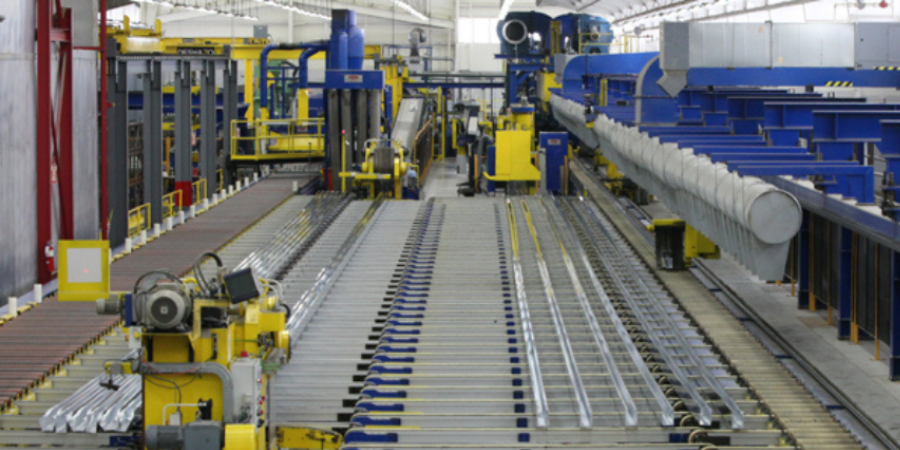
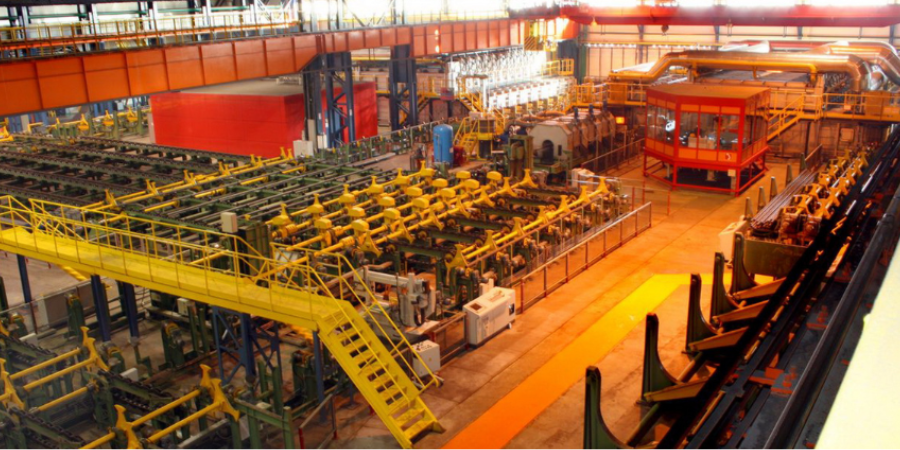
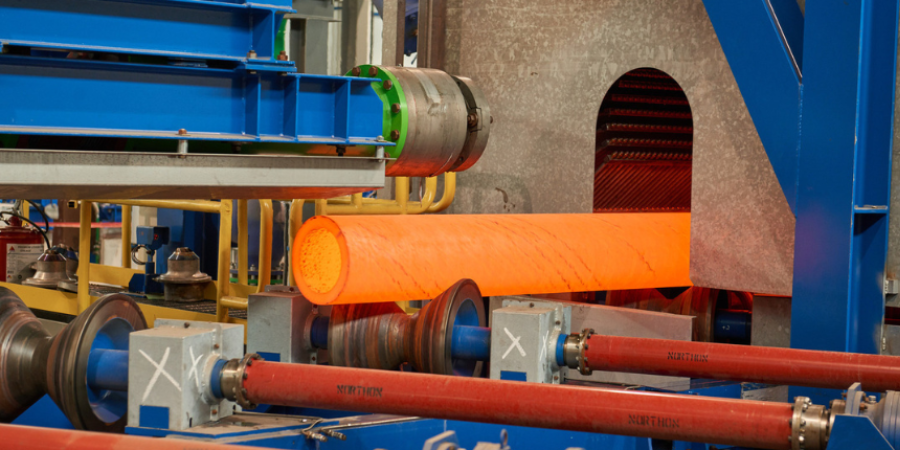
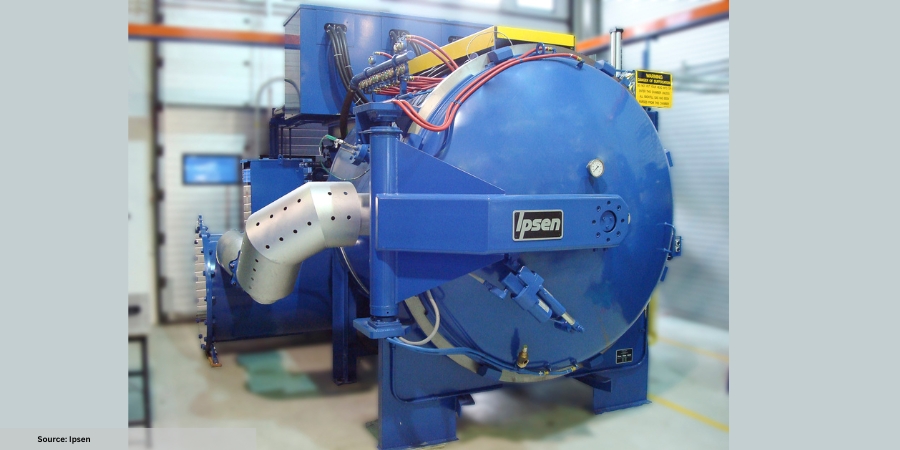
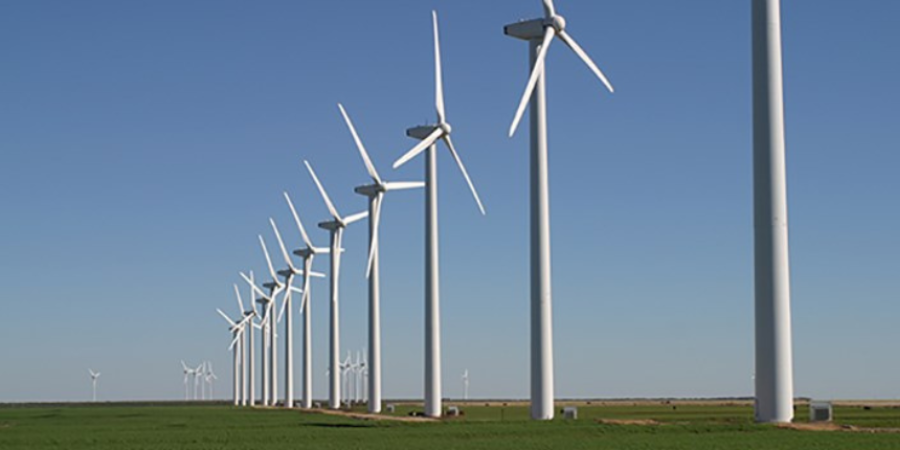



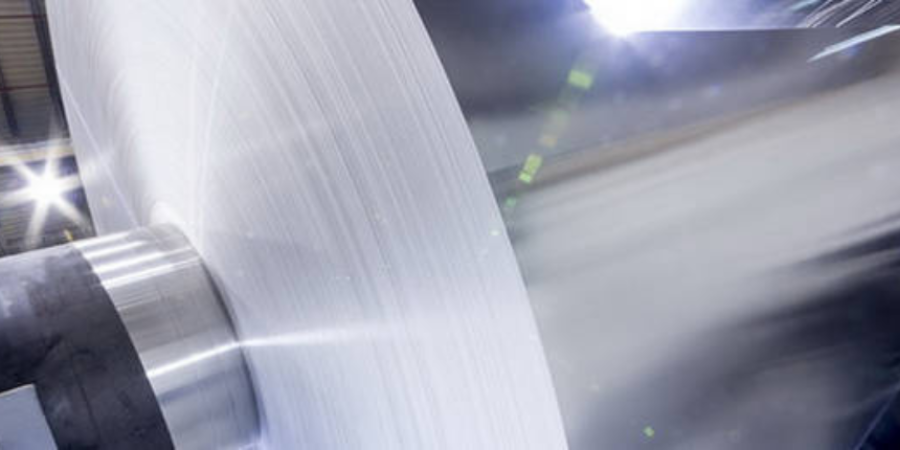

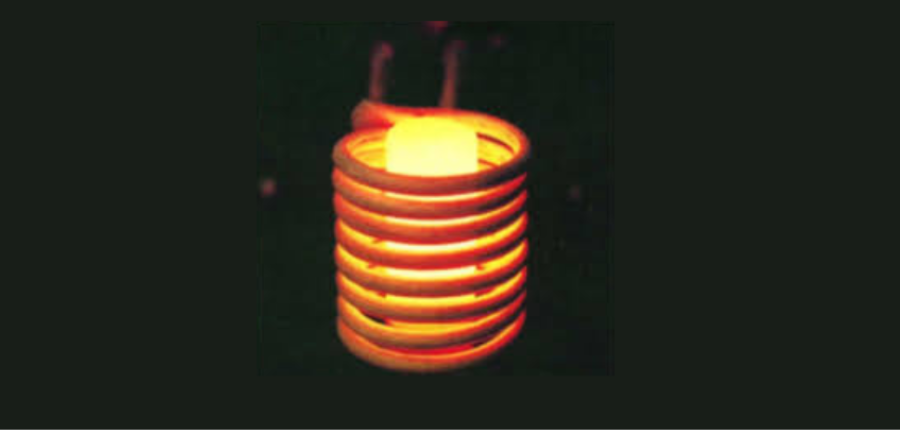

 Source:
Source: